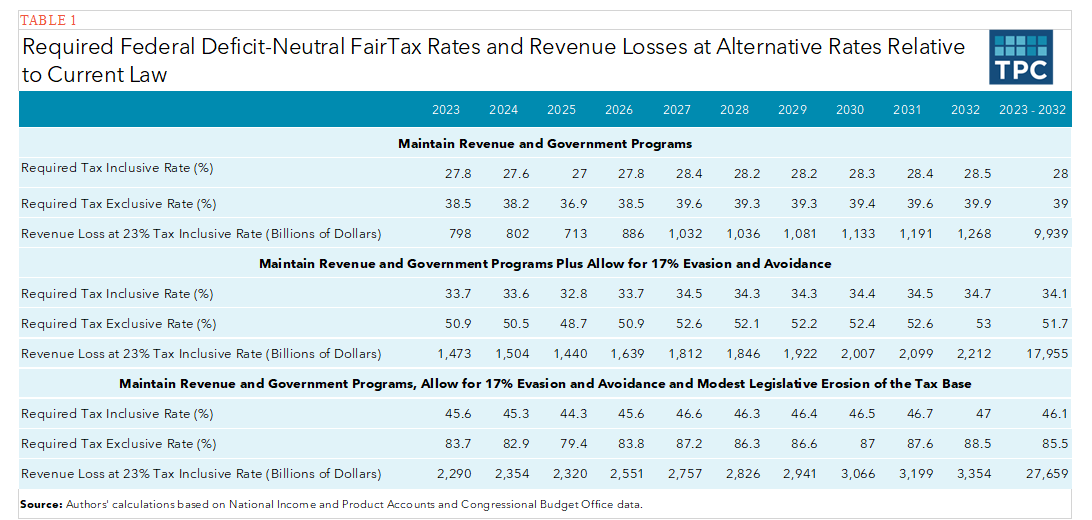Tax forms for environmental tax breaks: A guide
Covering Forms 5695, 843, and 6627.
Jump to:
As sustainability initiatives gain momentum, the IRS continues to encourage environmentally conscious actions through a range of tax incentives. These environmental tax breaks are designed to motivate individuals and businesses to adopt practices that contribute to a greener future.
For accountants, understanding environmental tax credits and the associated IRS forms is crucial in optimizing clients’ tax strategies while encouraging eco-friendly investments and practices.
What environmental tax breaks are available?
The Inflation Reduction Act includes a variety of environmental tax provisions that can save taxpayers money on their energy bills, advance green investments, and accelerate the deployment of clean energy, vehicles, buildings, and manufacturing.
Renewable energy tax credits
- The Investment Tax Credit (ITC): Offers a credit for qualified expenditures for solar energy systems, wind turbines, and other renewable energy technologies.
- The Production Tax Credit (PTC): Provides a per-kilowatt-hour credit for electricity produced by qualified renewable energy sources, such as wind, biomass, geothermal, and more.
Energy-efficient home improvements
Energy-efficient commercial buildings deduction
- Section 179D deduction: Allows a deduction for the costs associated with energy-efficient improvements to commercial buildings.
Electric vehicle and biofuel tax credits
- Qualified Plug-In Electric Drive Motor Vehicle Credit: Provides a credit for the purchase of qualified electric vehicles and plug-in hybrid vehicles.
- Alternative Fuel Vehicle Refueling Property Credit: Offers a credit for the installation of alternative fuel vehicle refueling property, such as electric vehicle charging stations.
- Biodiesel and Renewable Diesel Tax Credits: Credits for the production and use of biodiesel and renewable diesel fuels.
It’s important to note that tax laws can change, and new incentives may be introduced throughout the year.
From renewable energy tax incentives to energy efficient tax credits to tax breaks on electric vehicles, let’s take a look at the various IRS forms that are needed to claim environmental tax incentives.
What is Form 5695?
Form 5695 is used to figure residential energy credits. These credits are designed to reward homeowners who invest in energy efficient improvements to their residences.
The residential energy credits available are:
- The Residential Clean Energy Credit, and
- The Energy Efficient Home Improvement Credit.
Taxpayers can also use Form 5695 to take any Residential Energy Efficient Property Credit carryforward from 2021 or to carry the unused portion of the Residential Clean Energy Credit to 2023.
Who qualifies for Form 5695?
Qualification for Form 5695 largely depends on making energy-efficient upgrades to a primary residence. Homeowners who have installed solar panels, energy-efficient windows, doors, or other qualifying improvements may be eligible.
How to fill out Form 5695
Filling out Form 5695 involves providing detailed information about the energy-efficient upgrades made to the home. Taxpayers need to include specifics such as the type of improvement, its cost, and the necessary calculations for determining eligible credits.
For more information, review the instructions for Form 5695.
What is Form 843?
Form 843 is a form used to claim refunds or abatements for various taxes, interest, penalties, and fees, including those related to environmental matters.
Form 843 abatement
The abatement process, facilitated by Form 843, allows individuals or businesses to request a refund or reduction of penalties or interest paid to the IRS. This form becomes particularly relevant when seeking relief from green tax penalties or fines.
Use Form 843 if the claim or request involves:
- a) a refund of one of the taxes (other than income taxes or an employer’s claim for FICA tax, RRTA tax, or income tax withholding) or a fee, shown on line 3,
- b) an abatement of FUTA tax or certain excise taxes, or
- c) a refund or abatement of interest, penalties, or additions to tax for one of the reasons shown on line 5a.
Do not use Form 843 if the claim or request involves:
- a) an overpayment of income taxes or an employer’s claim for FICA tax, RRTA tax, or income tax withholding (use the appropriate amended tax return),
- b) a refund of excise taxes based on the nontaxable use or sale of fuels, or (c) an overpayment of excise taxes reported on Form(s) 11-C, 720, 730, or 2290.
What is Form 6627?
Form 6627 is used to report and pay specific taxes associated with environmental impacts, including:
- petroleum,
- ozone-depleting chemicals (ODCs),
- imported products that used ODCs as materials in the manufacture or production of the product,
- the floor stocks tax on ODCs,
- taxable chemicals and the applicable rates, and
- taxable imported chemicals substances and the applicable rates.
Form 6627 instructions
Taxpayers should use the instructions on Form 6627 to figure the environmental taxes on domestic crude oil and imported petroleum products, chemicals (other than ozone-depleting chemicals (ODCs)), imported chemical substances, ODCs, imported products that used ODCs as materials in the manufacture or production of the product, and the floor stocks tax on ODCs.
If your client needs more lines for any part of the form, prepare a continuation sheet using the same format and attach it with Form 6627 to Form 720, Quarterly Federal Excise Tax Return. See Pub. 510, Excise Taxes, for more information on environmental taxes. See the instructions for Form 720 for information on when and where to file Form 6627.
Helping your clients with claiming environmental tax credits
As a tax professional, guiding your clients through the complexities of environmental tax forms is a valuable service.
By staying informed about the latest green and clean energy tax incentives, assisting clients in form completion, and advocating for environmentally responsible practices, your firm can contribute to a sustainable future while optimizing for tax benefits.
Environmental tax breaks represent not only a financial opportunity for your clients but also a chance to make a positive impact on the planet. Embracing these tax incentives is a strategic move toward increased profitability, deeper client relationships and a more sustainable world.
Stay up to date with ever-changing environmental tax regulations with Thomson Reuters Checkpoint Edge, a cutting-edge tax research tool informed by 680+ highly-qualified editors and outside practitioners.
Additionally, Thomson Reuters ESG solutions, including Checkpoint ESG Toolkit, helps equip tax, corporate, risk, and legal professionals to navigate environmental-related tax credits and incentives while ensuring compliance.






